
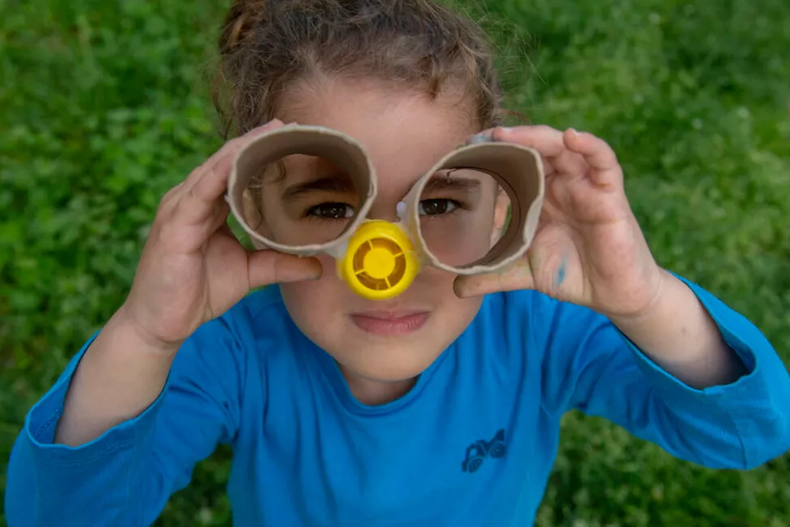
The status of girls and women varies significantly across different regions and cultures, influenced by socio-economic factors, legal rights, and prevailing cultural attitudes.
This article will explore the conditions faced by girls in Afghanistan, the United States, and India, highlighting issues such as education, health, and reproductive rights, including abortion.
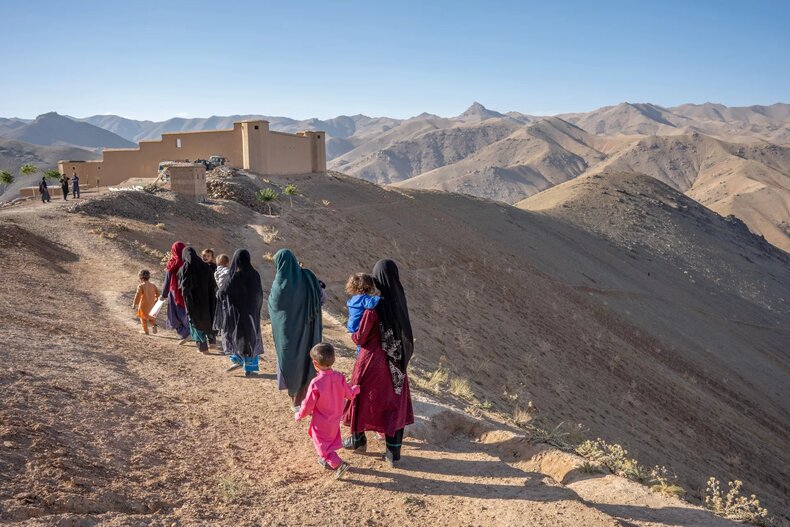
In Afghanistan, the status of girls has deteriorated sharply since the Taliban regained control in 2021.
Under the previous government, significant strides had been made toward improving girls' access to education and healthcare. However, since the Taliban's return, numerous restrictions have been imposed.
Today, it is estimated that 3.7 million children are out-of-school in Afghanistan – 60% of them are girls. They remain out of school due to the Taliban's ban on secondary education for girls.
This loss of educational opportunities has far-reaching implications, limiting girls' future employment prospects and personal development.
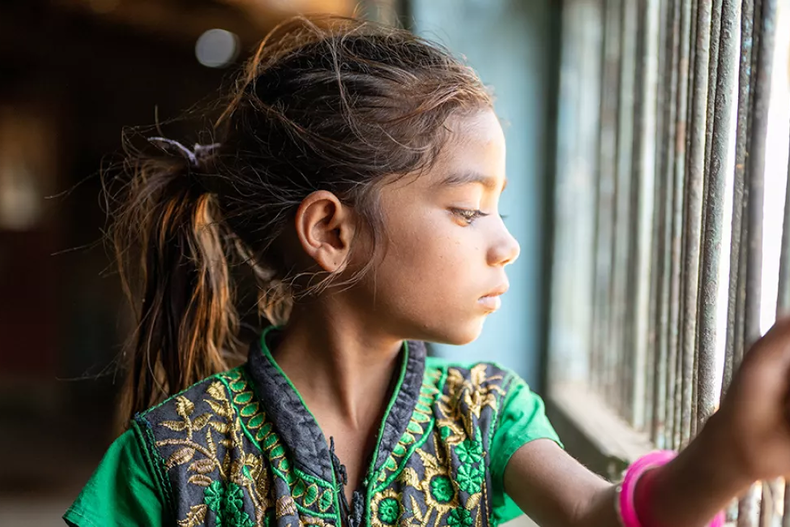
Access to healthcare, particularly reproductive health services, has also been severely restricted.
According to the World Health Organization (WHO), 60% of healthcare facilities are not fully operational, impacting the availability of essential services.
The maternal mortality rate in Afghanistan is one of the highest globally, with approximately 638 deaths per 100,000 live births.
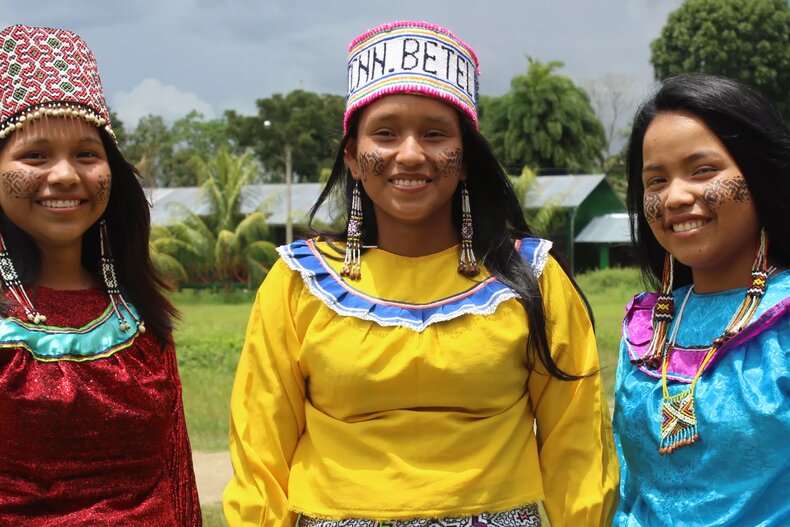
In contrast to Afghanistan, girls in the United States generally enjoy more rights and freedoms, but the situation is complex and varies widely across different states and communities.
For exemple, according to the National Center for Education Statistics, in the 2021-2022 school year, girls made up 49% of total public school enrollment in the U.S.
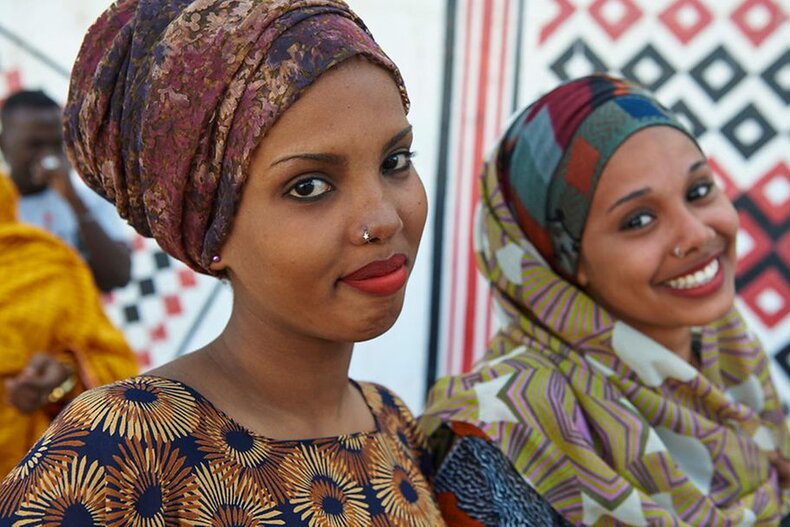
The landscape of reproductive rights in the U.S. is marked by ongoing debates and legal battles.
Following the Supreme Court's decision to overturn Roe v. Wade in 2022, 41 states have enacted laws restricting access to abortion, with many requiring waiting periods, mandatory counseling, and parental consent for minors.
Research indicates that 1 in 4 women in the U.S. will have an abortion by the age of 45, highlighting the importance of access to safe and legal procedures.
Despite legal advancements, girls in the U.S. still face challenges related to body image and sexual harassment.
A 2021 survey revealed that 1 in 3 high school girls experienced sexual harassment in school, contributing to a detrimental environment for their education and mental health.
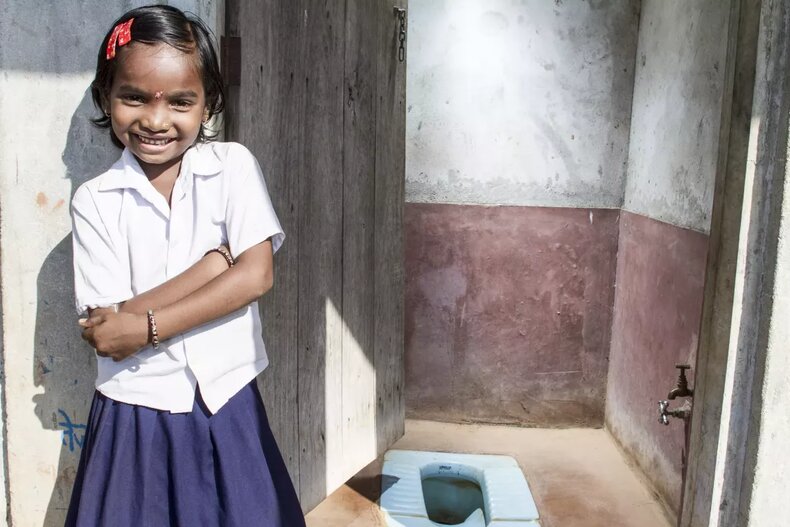
India presents a mixed picture regarding the status of girls.
While there have been advancements in education and health, significant challenges remain.
India has one of the highest maternal mortality rates in the world, estimated at 113 deaths per 100,000 live births according to the World Bank.
Although abortion is legal, according to National Library of Medicine only 22% of abortions in India are safe, often due to stigma, lack of awareness, and inadequate healthcare access.
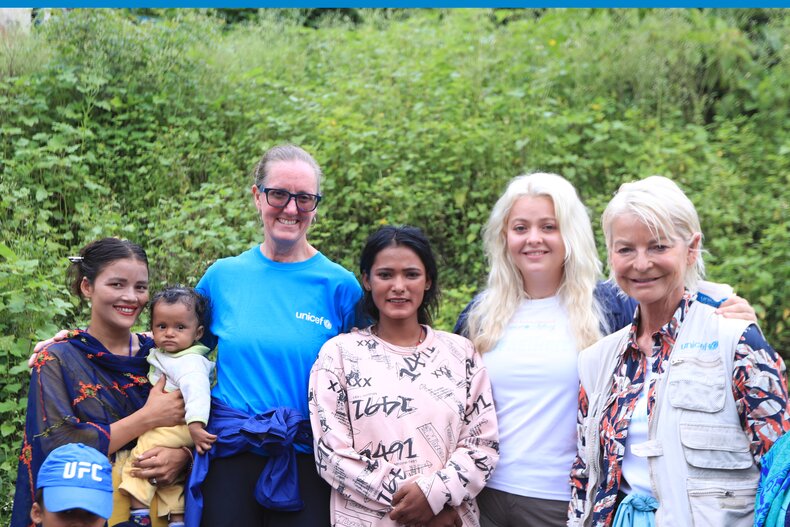
The status of girls around the world is deeply influenced by cultural, political, and socio-economic factors.
While girls in the United States generally experience more freedoms compared to those in Afghanistan, they still face significant challenges related to reproductive rights and social pressures.
In India, progress in health field continues to be undermined by deep-rooted gender biases.
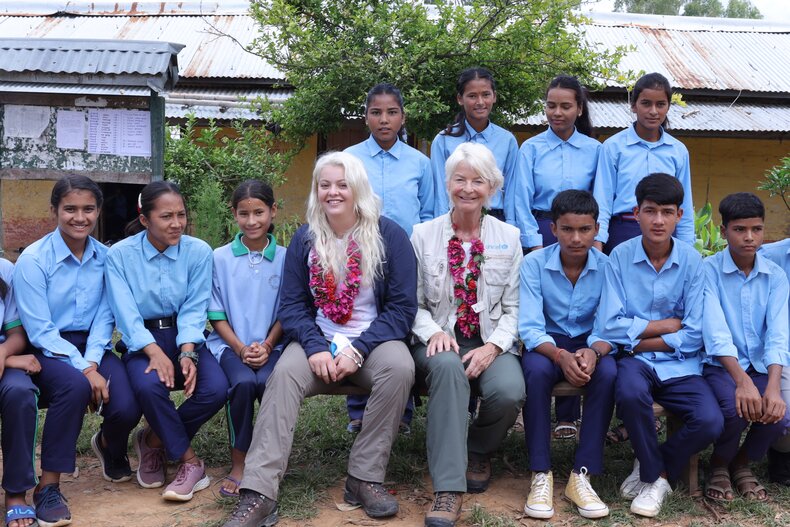
To improve the status of girls globally, concerted efforts are needed to address these disparities.
This includes advocating for girls' rights to education, health, and bodily autonomy while also challenging cultural norms that perpetuate inequality.
Only through a holistic and inclusive approach can we hope to create a world where all girls can thrive, irrespective of their geographical or cultural context.
Yours
sincerely

